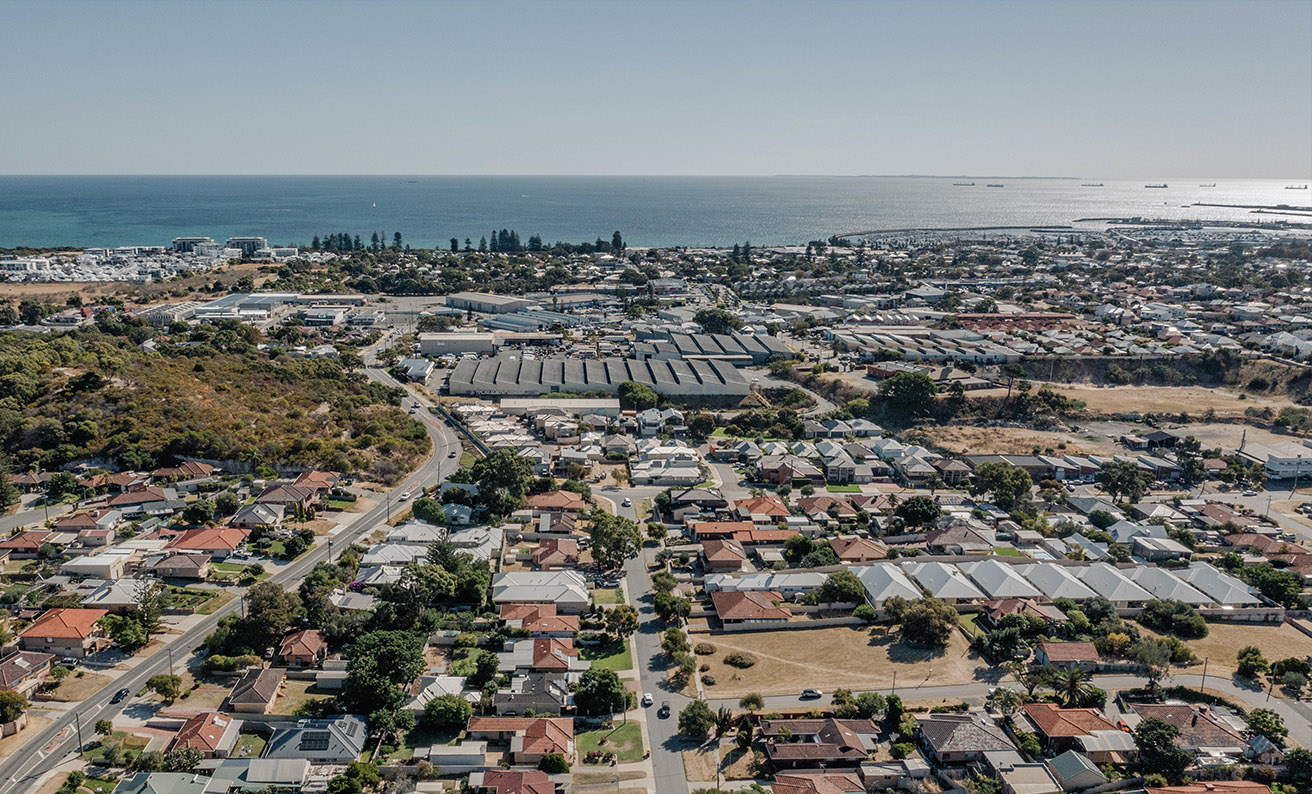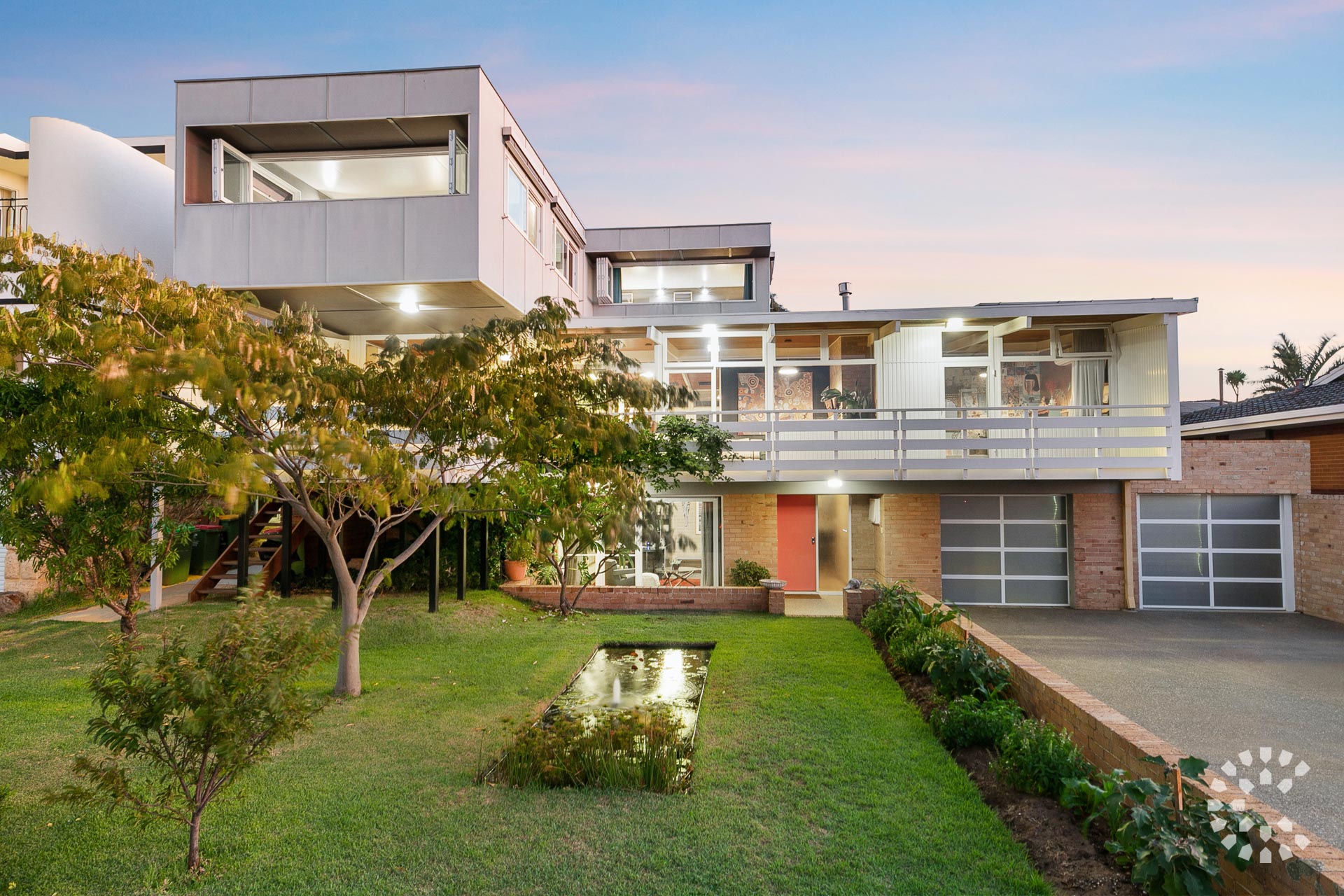What the Federal Budget 2022 means for real estate in Western Australia
Year after year, we see housing affordability on the agenda when it comes to the Federal Budget – and this year is certainly no different! With the recently released Federal Budget making headlines right now, and Treasurer Josh Frydenberg doing his best to peddle the benefits of this year’s budget to everyday Aussies, those of us in the industry are reflecting on what this will mean for the Perth property market.
The headline for real estate is that the Government is, this year, expanding its FHLDS First Home Buyer Govt Guarantee that last year saw 10,000 home buyers only require a 5% deposit to purchase a property, and avoid paying Lender’s Mortgage Insurance. This Government-backed financing option, whilst an excellent initiative, has long fallen short of effectively making home ownership more accessible to many Australians. With this year’s Federal Budget however, the Government has expanded the number of places under the FHLDS from 10,000 to 35,000.
The average age of a first home buyer currently is 36 years. This puts the average age closer to 40 and farther from 20 than it has ever been. In Australia – loosely – an average of 500,000 dwellings are sold each year [1] and around 6% of that total is made up by first home buyers. That would suggest that in any given year, 30,000 purchases are made by first home buyers.
The expansion of the FHLDS should see many more buyers enter the market as eligibility for financing options are expanded for many first home buyers. This could, theoretically, apply some upward pressure on prices with more buyers entering a market that is already low on supply. Furthermore, this could result in the 5% deposit pushing out of reach for many buyers and, coupled with inflation being forecast by the RBA, it might not be as rosy for first home buyers in Australia, as the Government might like you to believe.
What we’d have liked to have seen…
There are several avenues for improving affordability when it comes to housing and the Federal Budget. Firstly, the supply of housing itself is a massive issue in local markets, whether the cost of stamp duty or rising construction prices – supply of homes for sale themselves need an immediate boost. Vacancy rates in WA as of February 2022 sit at 1.1% which is putting pressure on not only rental affordability, but also affordability for those looking to enter the property market.
Measures to invite investors back into the market, and to reduce construction costs, either with a direct cash injection into the construction industry, or by incentivising newly skilled labourers to join the construction workforce and thereby lowering costs all ‘round< would have been greatly welcomed. Alas, it appears these will ultimately need to be addressed in future budgets.
The effects of this year’s budget reveal won’t be truly seen for months, so we will have to wait to see what this one holds for the nation. Let us know your thoughts about what effect this year’s budget will have on real estate in WA in the comments section below.
Written by Shaun Mayze – Sales Partner – C&Co Real Estate



